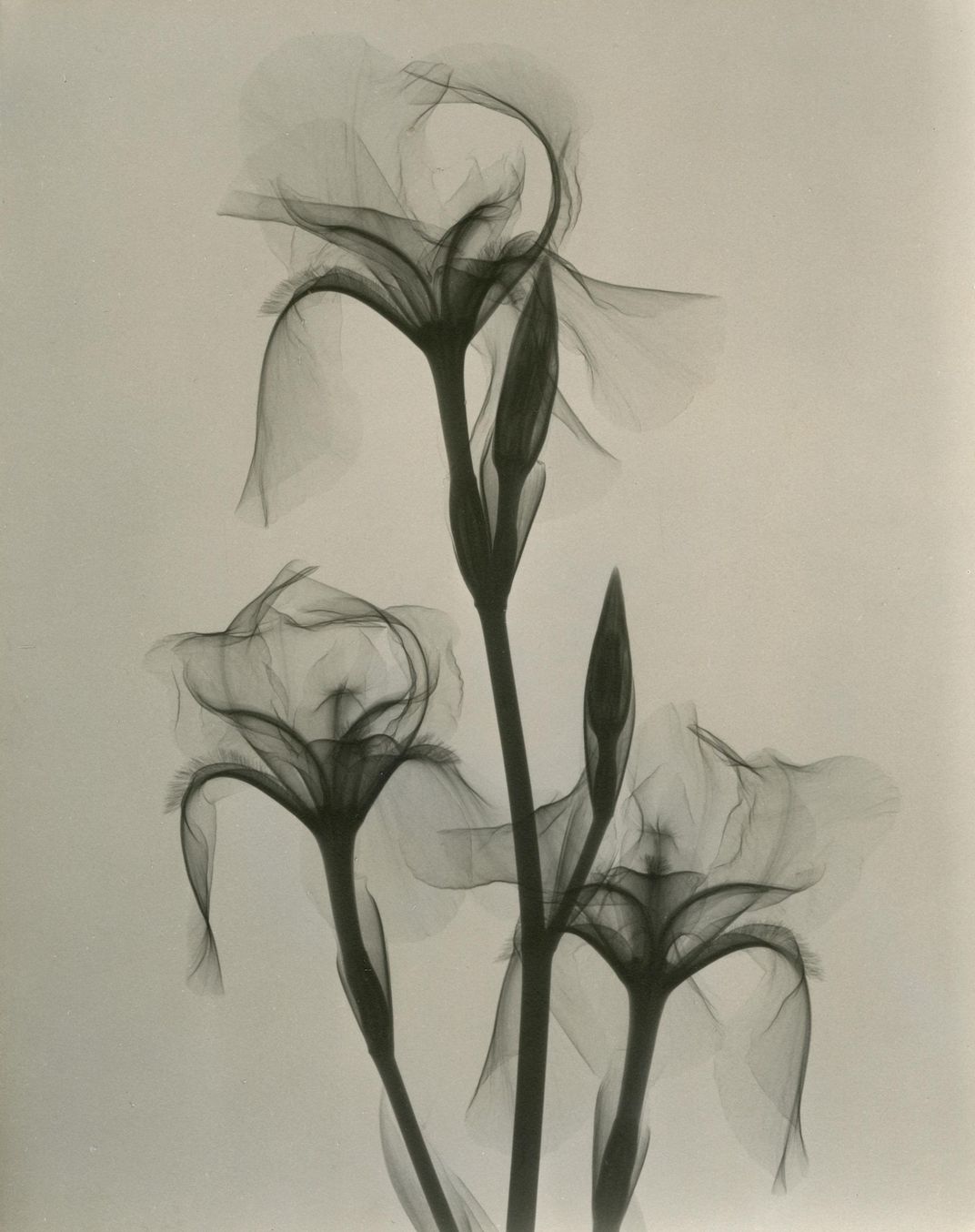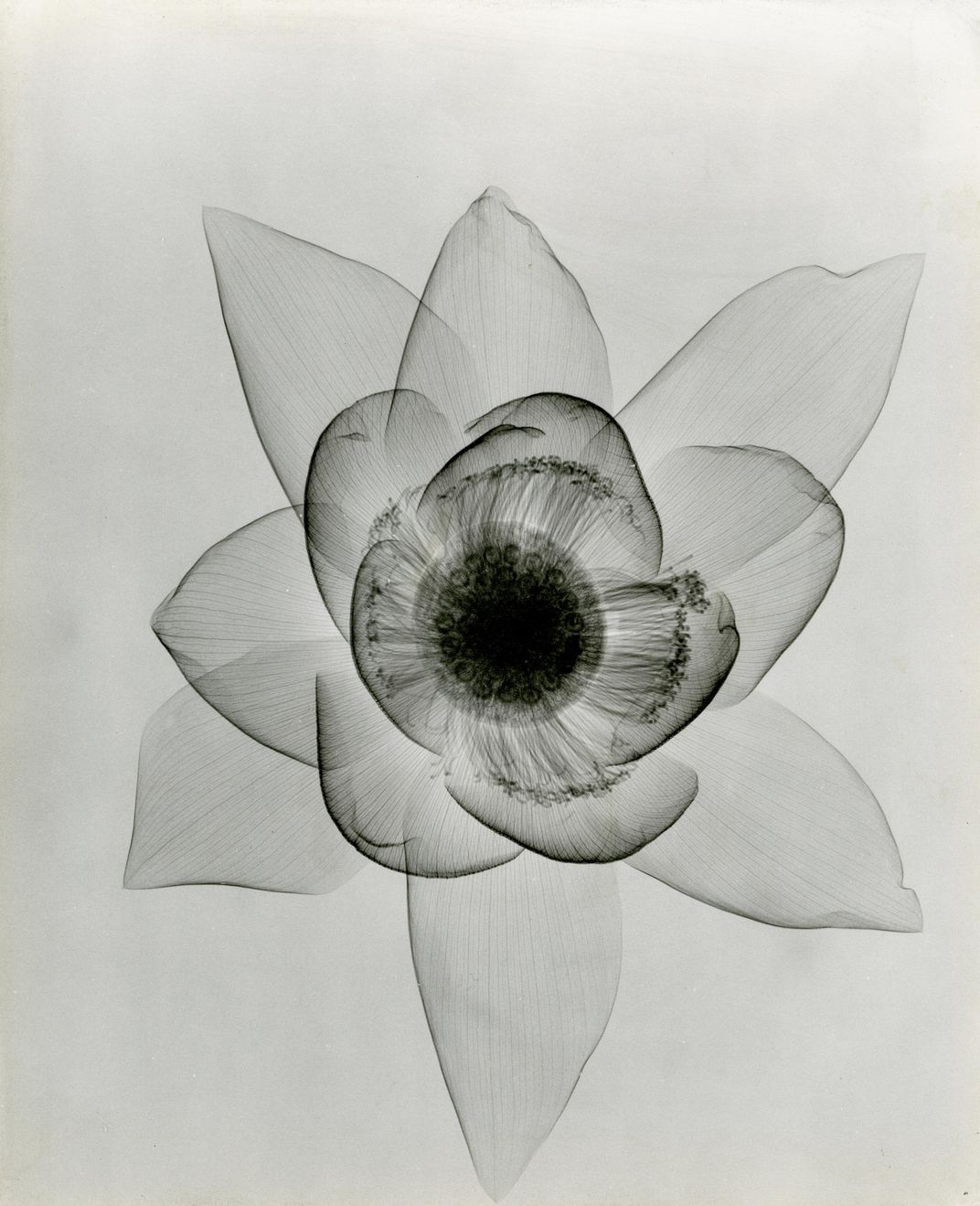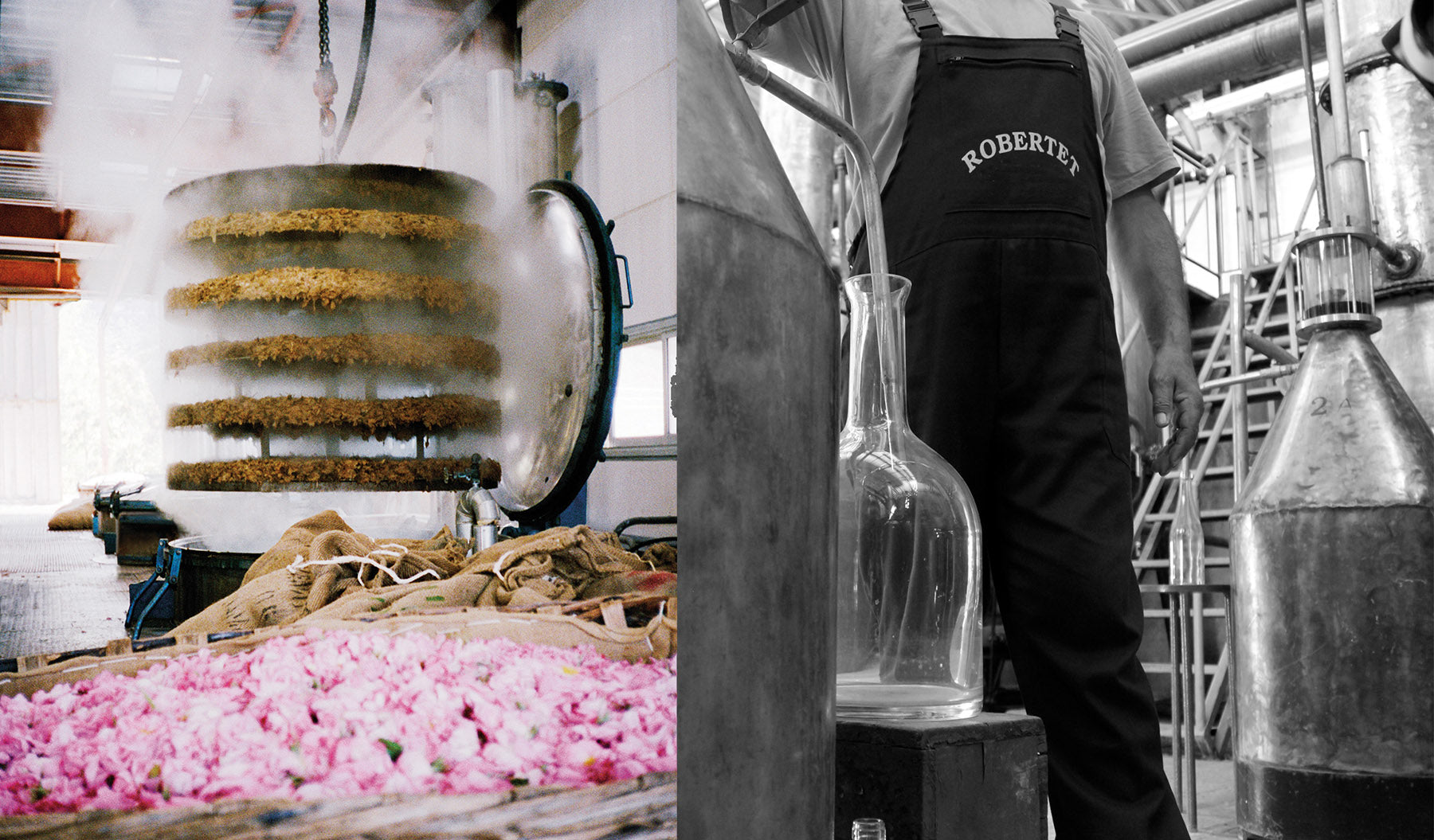BFMAGAZINE
The Bridal Council: 10 Questions With Meredith Waga & Tony Perez
An interview on heritage, brand-building
and the passion for fragrance

Insight and trend experts at The Bridal Council interview the founders of Belle Fleur to talk fragrance, branding and our passions in their popular “10 Questions with…” segment.
1. How did your background in fashion/architecture help you build your brand?
Diverse backgrounds bring a completely fresh and different facet to how we approach and think about designing flowers and/or fragrances. There’s an inherent order and an anchoring to concept in architecture which bodes well in fragrance creation, and fashion is rooted in texture, color, pattern and composition, so these backgrounds have been instrumental in guiding our aesthetics and creativity, ensuring we are always looking at things from a unique perspective.
2. What are the most important qualities of your brand?
Authenticity. We are a brand whose products and services were born out of a true passion for what we do, and we are experts in our fields. But it goes further: We are interested in promoting scent that makes connections to places, history and nature with the belief that modern perfumery should be less revolutionary and more evolutionary in process - where a respect for nature, the raw materials and the art of fine craftsmanship are the foundation of our brand values.
Interested in our answers to the other questions? Read more here.
Revealing The Truth About Flowers
An ordinary medical device, a genius concept,
an artist’s love of nature and how it revealed
the inner beauty of flowers





True entrepreneurial and creative spirit, dictates that even the most banal of items can expose themselves to alternative uses in the most interesting and surprising ways. In the 1930’s, Dain Tasker, a doctor with a love of nature and photography, decided to turn the attention of his x-ray machine away from its everyday human patients and directed it to one of his favorite subjects: flowers. What this revealed was truly spectacular.
The stunning, ghostly images, forced us to look at flowers in a very different light. Like all great art, they presented themselves in a way we’d never seen before - ordinary flowers became extraordinary and with their anatomies now exposed for the first time, they revealed intimate body parts, corporeal structures and most interestingly, their souls.
X-rays are now used ubiquitously in science, art, construction, archaeology and several other industries, to better understand an object’s composition and state, but who would have thought that an ordinary doctor using a common medical device to check for broken bones, would open a window to the soul of flowers?
all photo credit: Dain Tasker
Rose De Mai Harvest In Grasse
The gold standard for all rose cultivation and harvesting
comes to a close for the season





For five weeks between May and early June, in a small area of Grasse in Southern France, dozens of sun-bronzed local harvesters in straw hats move up and down the rows of bushes, gently but with purpose, snapping off their pink blooms and gingerly placing them into the apron pouches they wear. They are on a mission and time is not their friend. Like battlefield medics who understand the fragility of life, they must collect, bag and transport their fragrant bounty back to the processing facility before the rose heads begin to decompose and lose their stunningly vibrant aroma.
As the blooms pull up to the facility, men, young and old, unload dozens of burlap sacs which are quickly transferred to the plant. Inside, as the blooms await their fate in the extractors, processing vats where their oil will be expressed, men with pitchforks and shovels repeatedly “churn” the large pile of roses to keep them from crushing each other and delaying their demise. As the multi-tiered extractors are prepared, thousands of roses are then dumped in, their fate sealed inside the vats where Hexane, a powerful solvent, is pumped in to facilitate the molecular extraction of rose oil.
The result leads to a solid “concrete,” a waxy aromatic disc with the rose essence which is further processed to reveal a reddish-golden concentrated rose absolute oil. What results after this laborious process is one of the world’s most exquisite aromas in the world, which can be found in Rose Immortelle, Pétales d’Amour, Scarlet Flower and several other Belle Fleur fragrances.
image 1 & 4 Photograph by Parki Dukovi



















